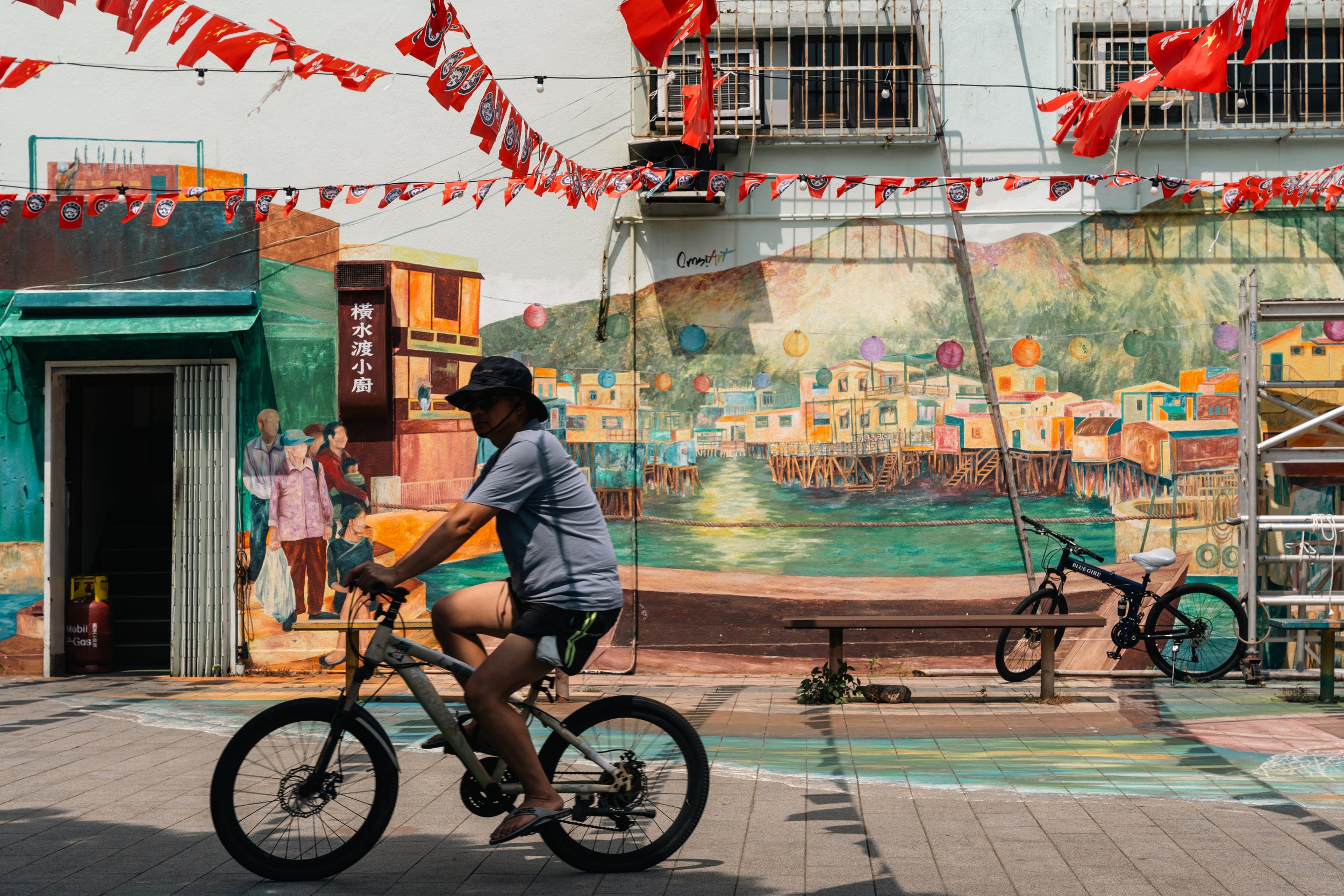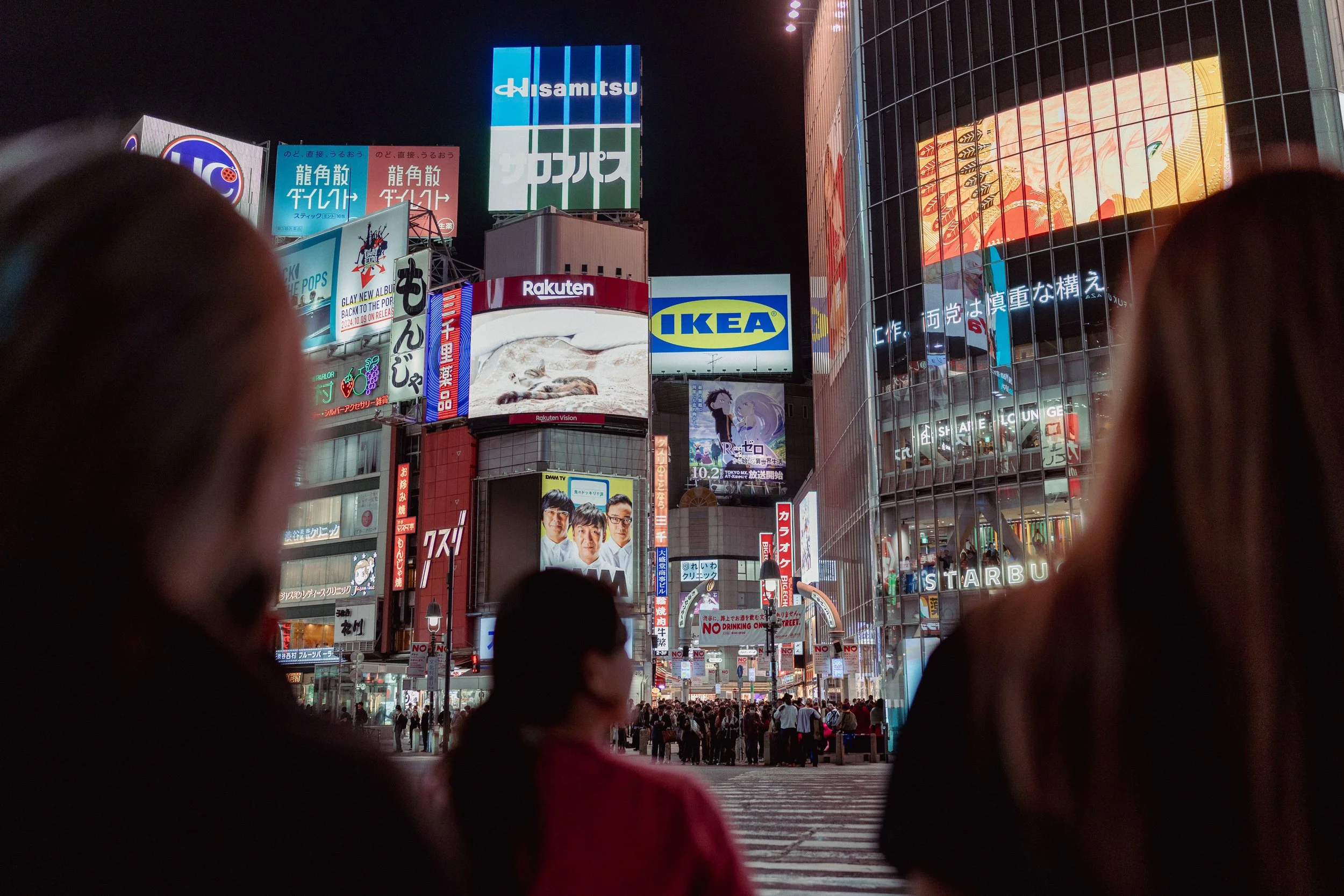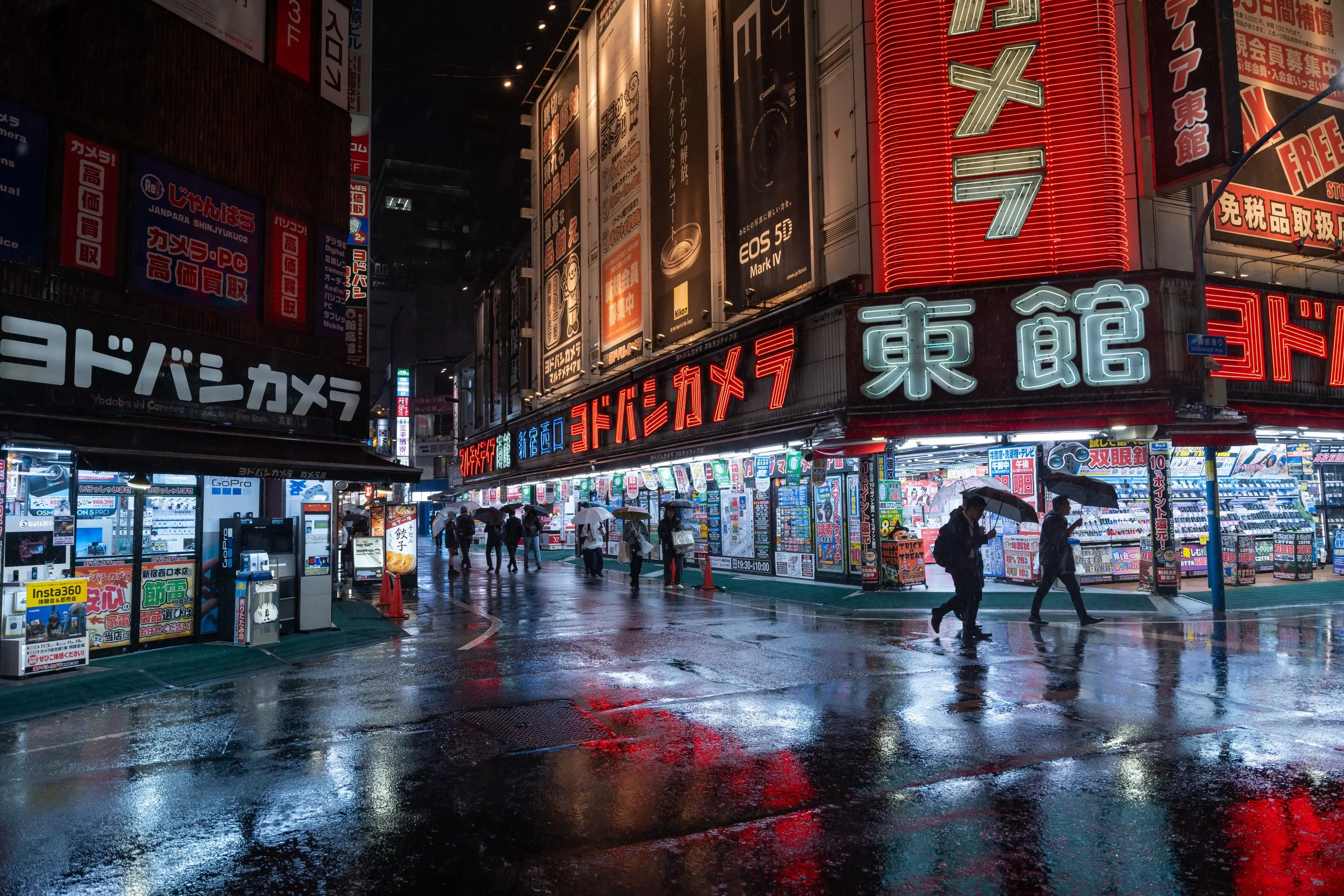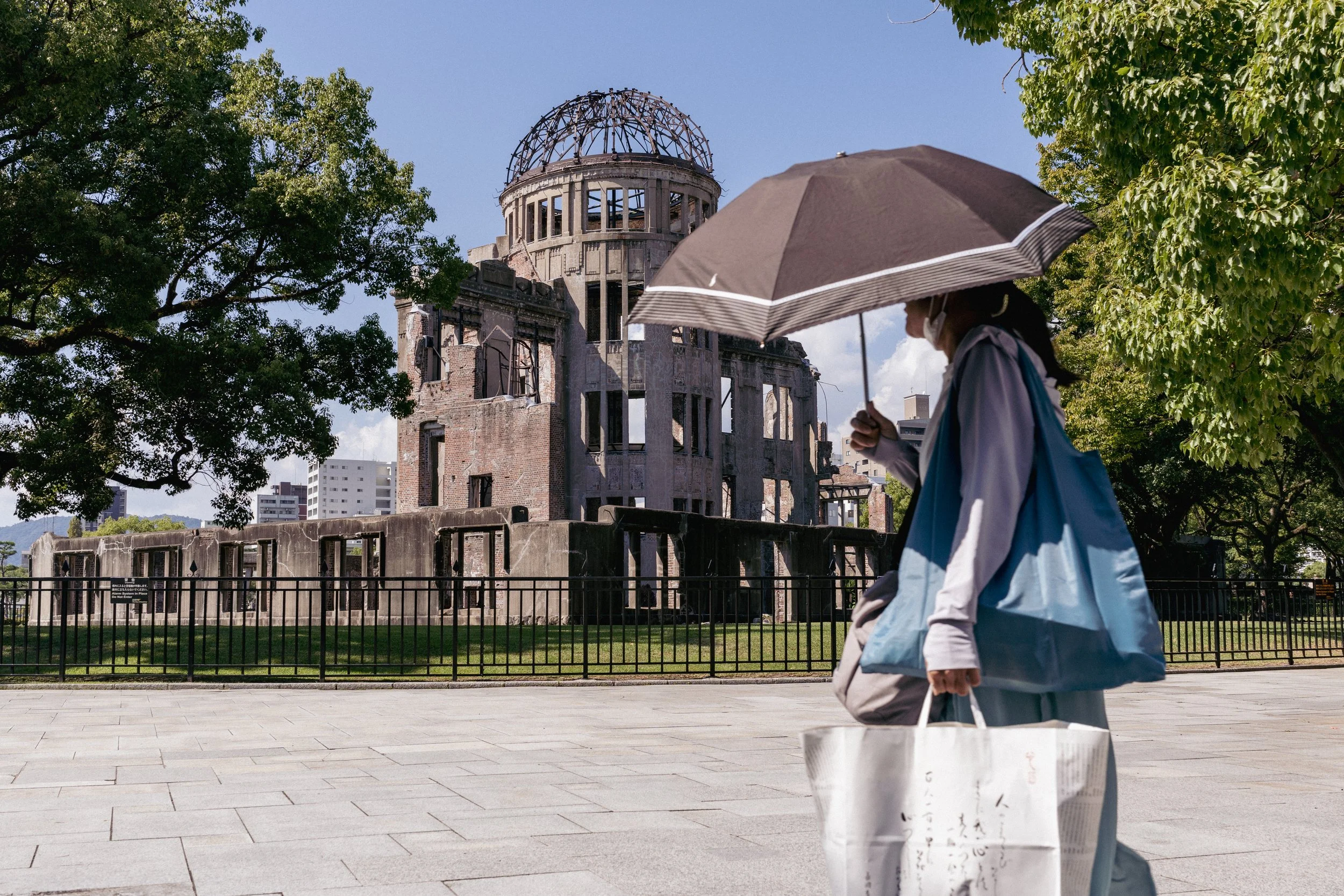The Art of Street Photography
Street Photography is a unique brand of photo realism which has gained more and more popularity over the years, often used as a way to shoot everyday life and emotion.
In this blog I will be sharing how to approach the art of Street Photography.
Why Street Photography?
The concept of street photography is viewed by many as a matter of perspective, and seeing the world in various different shades of light. From the minimal to the sublime, this genre of photography allows you to capture glimpses of everyday life.
Furthermore, I feel as a beginner photographer one of the best ways to learn the basic and main elements of taking photos is by participating in some form of street photography.
It doesn’t have to be extensive, however it will force you to have a gradual increase of focus on your composition and overall construction of what makes a good image, therefore improving your all-round photography skills.
Location, Location, Location…
One of the best ways to keep photography enjoyable and to constantly participate and evolve your imagery is by taking yourself off to various locations to shoot photos of new things.
Start off local, maybe a walk round your local town or seaside, then from there you can transfer your skills to the bigger cities, where naturally there will be much more scenes to shoot, leaving you ample room to adjust and improve. Of course factors like your budget or the weather will help you to decide on a location, however utilise what you can control to your advantage.
Camera Gear
Choosing what camera gear to purchase and use out in the field all depends on your photography style and the location setting you will be shooting within. Over the years I’ve found it beneficial to keep your gear as light and compact as possible when out and about shooting, allowing you to move with ease and to navigate all sorts of situations.
Of course, depending on the location, this will also dictate the use of a certain camera or lens. For example, if I knew I was visiting somewhere in Asia with tight narrow and busy streets, then a wide angle prime like a 35mm would be perfect. However, if the area you are going to is open and has more space, then a zoom lens such as a 24-70mm allows you to mix and match, providing you with the opportunity to zoom into the details, whilst still allowing you to shoot wide angle when needed.
Light
One of the main aspects of photography is light, providing layers of depth to your imagery. Light can transform a scene in an instant, allowing the contrasts to blend and naturally guide the viewer to certain areas of an image. Light can be sourced in various forms, sunshine and shadows, street lights, neon signs, you name it, anything that shines and provides brightness to a location.
Providing you have enough form of light to shoot with, whether it be backlighting or creeping in from the side, using that light to your advantage is the best way forward. Simply put, utilising sources of light within your photos can make a huge difference to your photography, transforming even the most boring of scenes.
I have recently published a separate blog dedicated to how to utilise light within your photos, which can be read here.
Composition
When setting up to take a photo, how much attention do you pay to the framing and spacial awareness surrounding the subjects in focus? Truth be told, the composition of a shot can turn a photo from good, to a great one and beyond. This is because the composition of an image provides visual balance to the viewer, drawing their attention to specific areas of the photo.
Examples of different types of composition include leading lines, framing, rules of thirds, and negative space, along with many other techniques. Each one brings its own unique benefits to the table, allowing you to get creative with your photography.
Further information regarding why composition matters can be found in a previous blog, here.
Subject
A common theme to enhance your street photography is to include the use of subjects within your imagery. Typically subject shots are beneficial by connecting with the audience on a more personal level by allowing them to view interesting subjects and cultures from a first-person point of view.
Specific examples of this can include people, vehicles and transport, architecture, animals or essentially anything that is relevant to the setting.
Story
As you start progressing through your photography journey, you will gradually notice that you are starting to build a lot more depth within your photos. Naturally without even noticing, you will start to capture stories within everyday life. Storytelling is an incredibly powerful tool when it comes to photography, if you can master the aspects and perspectives, you could potenially turn your good photos into great ones.
The first step to establishing stories through your photography is to understand what a story involves, and furthermore how to integrate them within your photos. Overall, like in every sense of the word, a story in photography terms involves a photo or series of photos that contain an element of mystery, surprise, or emotions, therefore leaving the viewer with questions.
I have previously written a blog dedicated to storytelling through photography, which can be found here.
Luck
Finally, we come to an element that applies to all genres of photography, and that is luck. Maybe more so within Street Photography than any other, luck plays its role in creating opportunities to capture those special and unique moments.
It can literally come down to right place, right time, and therefore the more hours you dedicate towards shooting, the luckier you are going to get. On many occasions a flash of movement or a changing environment will present you with an opportunity, therefore it’s down to you and how quick you can react to capturing these reflecting moments in everyday life.









